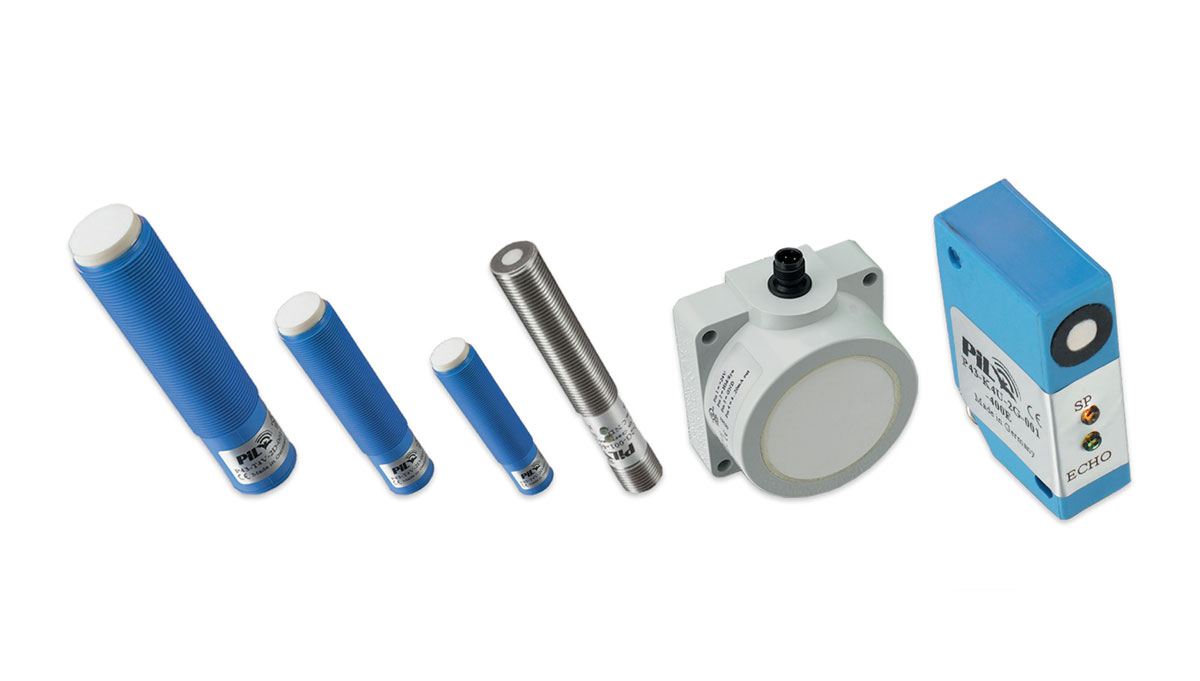The sensors developed by PIL are based on measuring the time spent by ultrasound to reach objects and return, determining their position and distance.
These measurements are independent of the surface structure, color and material of the object-in fact, all objects, even transparent ones, all solid or liquid materials and powders can be detected.
The maximum detection distance depends on the reflection characteristics of the object: size, material, surface structure, and orientation with respect to the ultrasonic beam axis.
Even wires with a diameter of 0.2 mm can be detected. The PIL’s sound beam angle is 8°, a feature that enhances its accuracy.
PIL sensors work with temperature compensation to balance any change in sound speed due to temperature changes.
Ultrasonic sensors are reliable and robust even in harsh environments and can be mounted in any position, avoiding possible deposits on the active part.
Typical applications of ultrasonic sensors are diverse:
- Distance measurement of machinery parts or moving products
- Level control in canisters (even small ones)
- Level measurement of products and liquids
- Detection of moving objects of any material, even glass or transparent materials
- Detection of presence of objects and people
- Counting of objects of different sizes
- Winding and unwinding control of bobbins in the textile, paper and foil industry
- Tension regulation of materials in production processes (loop control)
- Collision protection in self-checking transport vehicles. (AGV’s)
- PIL produces a wide range of models to meet any application need.


